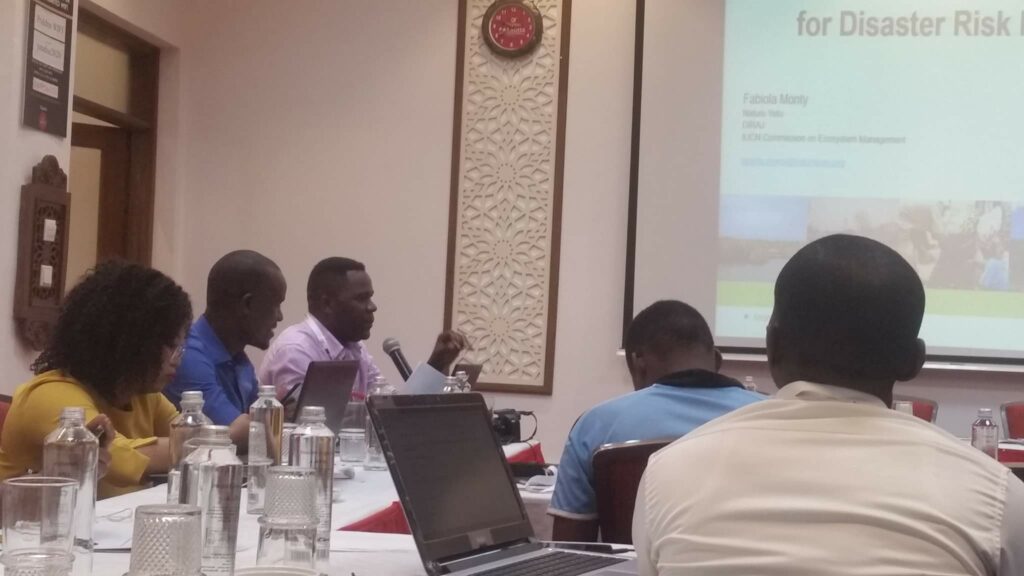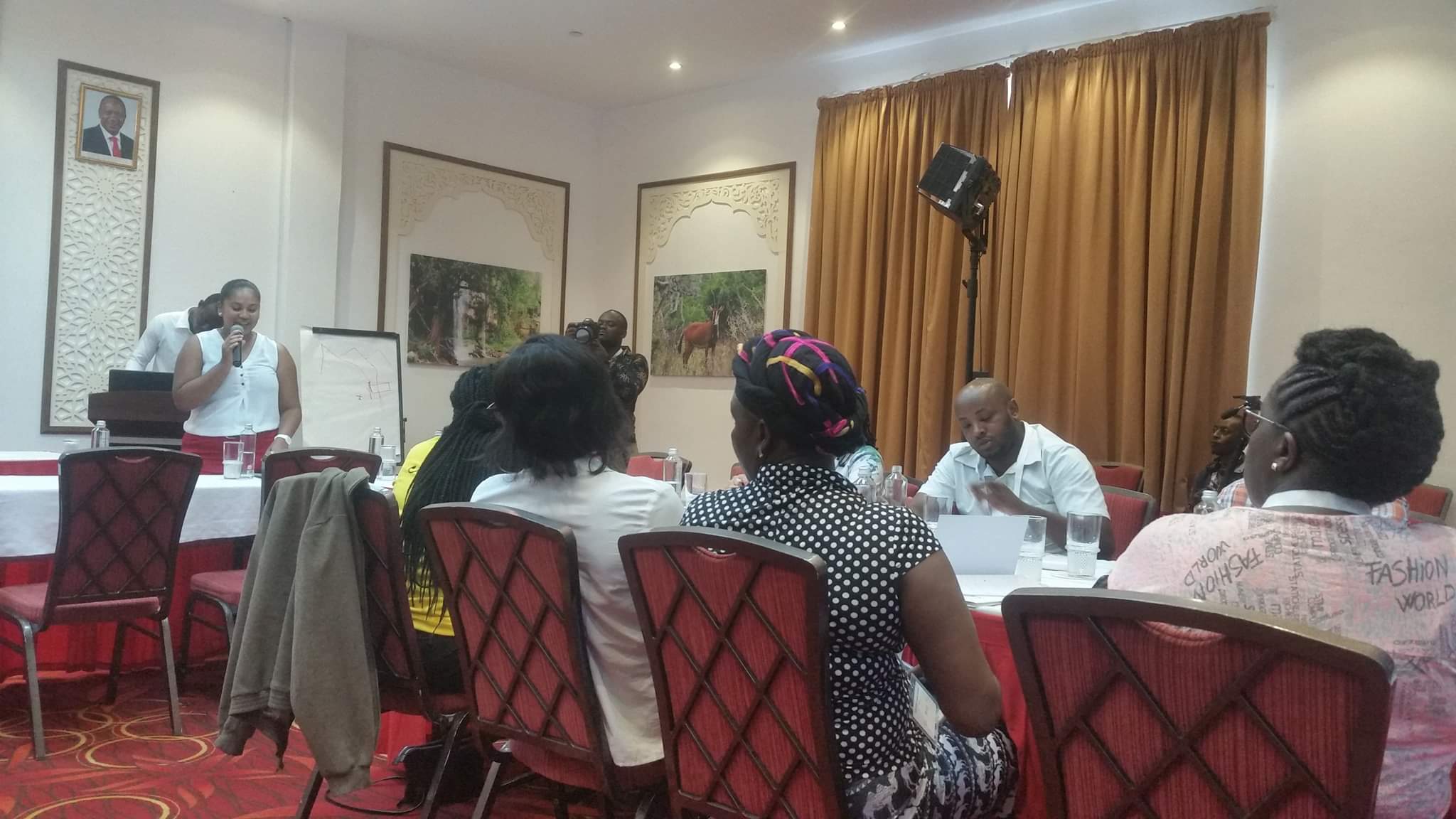Last updated on 27/01/2025
Journalists are a driving force behind the commitment of citizens and various political and economic actors to the scourges which all country or community have to face. 43 African journalists were trained on disaster risk reduction in Kenya this week.
Version française disponible ici
Training on disaster risk reduction
43 African journalists attend to a disaster risks reduction (DRR), 27-30 January, in Mombasa, Kenya.
Organized by the UNODRR (United Nations Office for Disaster Risk Reduction) and Diraj (Network of African Journalists for Disaster Risk Reduction), this training aims at:
- Strengthening the capacity of journalists to report throughout the disaster management cycle
- Developing journalists into reporters capable of moving into specialist and senior editorial management positions with knowledge of DRR placement in various editorial products
- Pushing journalists to create concrete reporting projects which can eventually be financed
- Increasing the reach and impact of DIRAJ among journalists in the regions of activity.

“We appealed to journalists to express interest in participating in this training and to help them improve their disaster reporting skills. Journalists responded. Of course, we have prioritized Diraj journalist members, but we have also given the opportunity to new journalists. We are open”, explained David Owino, General secretary of Diraj.
Trainings on disaster risk reduction have been taking place since 2013, according to his explanation.
However, this training presents some novelties: the participation of new members, the methodology which is more based on sharing and exchanges than simple presentations by trainers.
Two main modules are thus presented: generalities about the Sendai Framework and the African context, and the multiple angles of DRRs. Site visits are also planned.
Challenges and solutions
During this training, several challenges to disaster reporting were highlighted. it is indeed verified that the majority of African countries share the same problems: lack of financial and material means, climate change, a minimal availability of the administration, populations with little awareness of the danger, the poverty.
Besides, African countries present a very high exposure to danger, but few measures were taken to prevent them.

In response to this, journalists have been trained to raise awareness among the population, to improve performance in alerting the government but also to make journalism a “hope journalism”, as Kossi Romain Dekadjevi said, journalist from Radio Tokpa in Bénin who took part to the training.
“Disaster and risks management, it is an area I have been passionate about since three years. Already last year I had some basic notions during the global platform in Geneva, and this training today reinforces my capacities in this sense. What we must not forget in our reports is the population. What we are talking about here is to give hope that “yes, the situation can change”. And it is us, medias, who must understand our role, not only accompanying the State but to know also that we are on the line to fulfill these programs”, he witnessed.
Furthermore, it is also important to inform that in relation to disaster, a long-term solutions and alternatives can be adopted.
“During this training, one debate that came up was that the reports were often those which focuses on the disaster impacts. And during the training, I have seen that journalists have interests and there are already ideas forming to identify what approaches and possibilities are being adopted in different countries”, explained Fabiola Monty, environmental specialist, trainer, who trained on nature-based solutions theme.
UNDRR
The UNDRR convenes the governments, the partners and the communities so as to reduce the disaster risks and the losses to ensure a more secure and sustainable future. The UNDRR is the focal point of the United States system to ensure the coordination and the synergy among the disaster risk reduction activities of the United States and regionals organizations and the activities in socioeconomic and humanitarian fields. This latter is well-positioned to promote the inclusion and the cooperation as an essential element for heightening the resiliency and the risk-sensitive development at all levels.
DIRAJ
Diraj is an organization that brings together journalists and communication practitioners from Africa to increase awareness, commitment and ownership of the disaster risk reduction (DRR) discourse.
The Diraj capacity reinforcement program seeks to enable journalists throughout Africa to be able to prepare, to produce and broadcast convincing articles which can lead the communities and the managers to a DRR culture and normalization.
Written by: A.A
Translated by: Antigone

[…] English version avalaible here […]